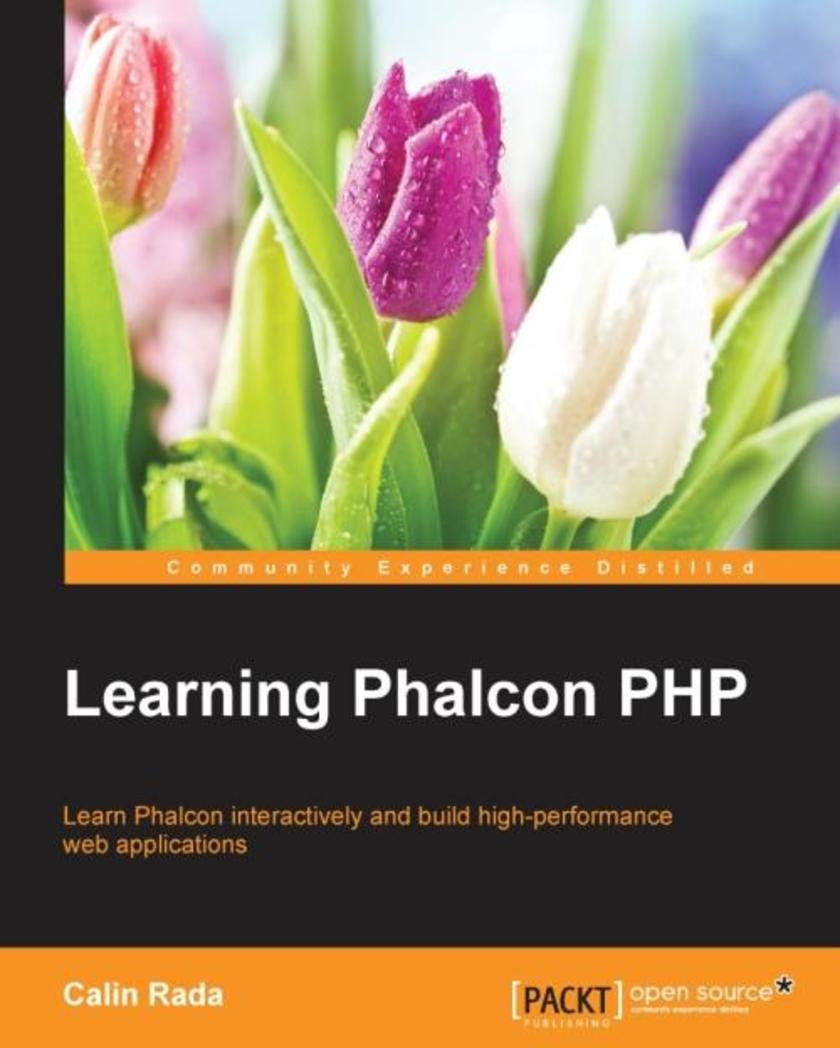
Learning Phalcon PHP
¥90.46
If you are a web developer and want to build effective web applications with Phalcon PHP, then this book is ideal for you. The book does not assume detailed knowledge of PHP frameworks.
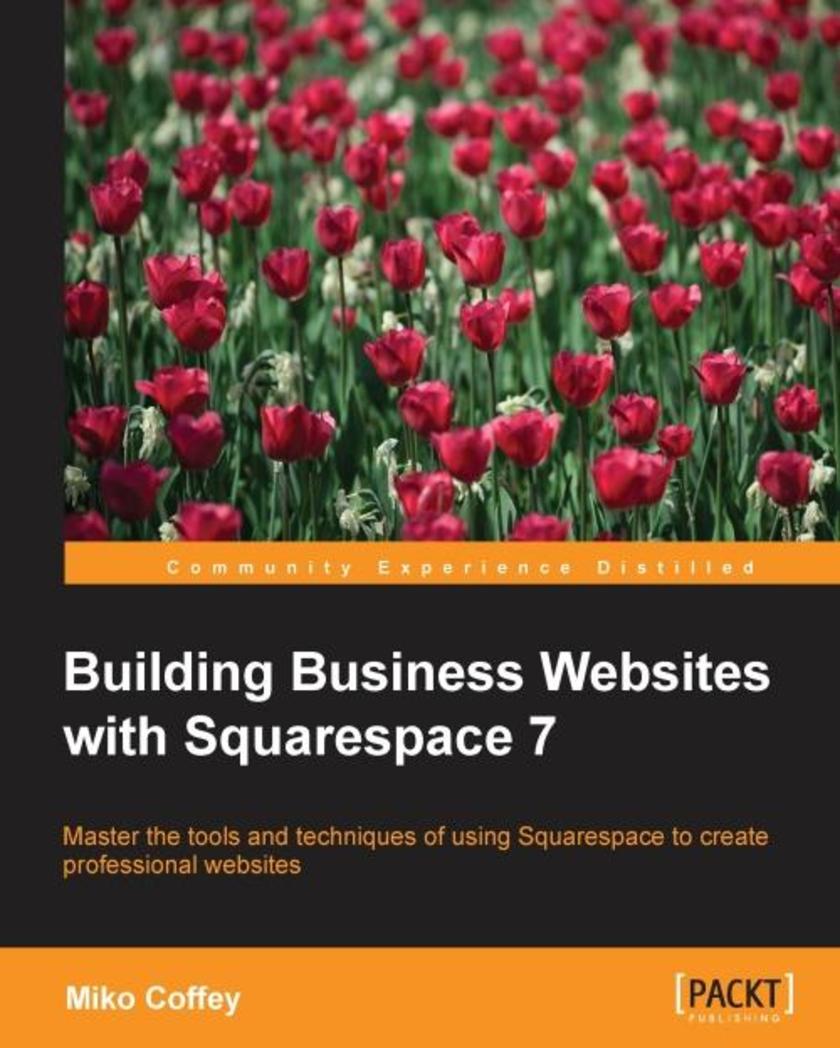
Building Business Websites with Squarespace 7
¥90.46
This book is ideal for anyone who wants to learn how to use the latest version of Squarespace to create a website from scratch and take it through to go-live. You don't need any prior experience with Squarespace, HTML or CSS, or building websites in general as everything is done using Squarespace's simple, browser-based interface.
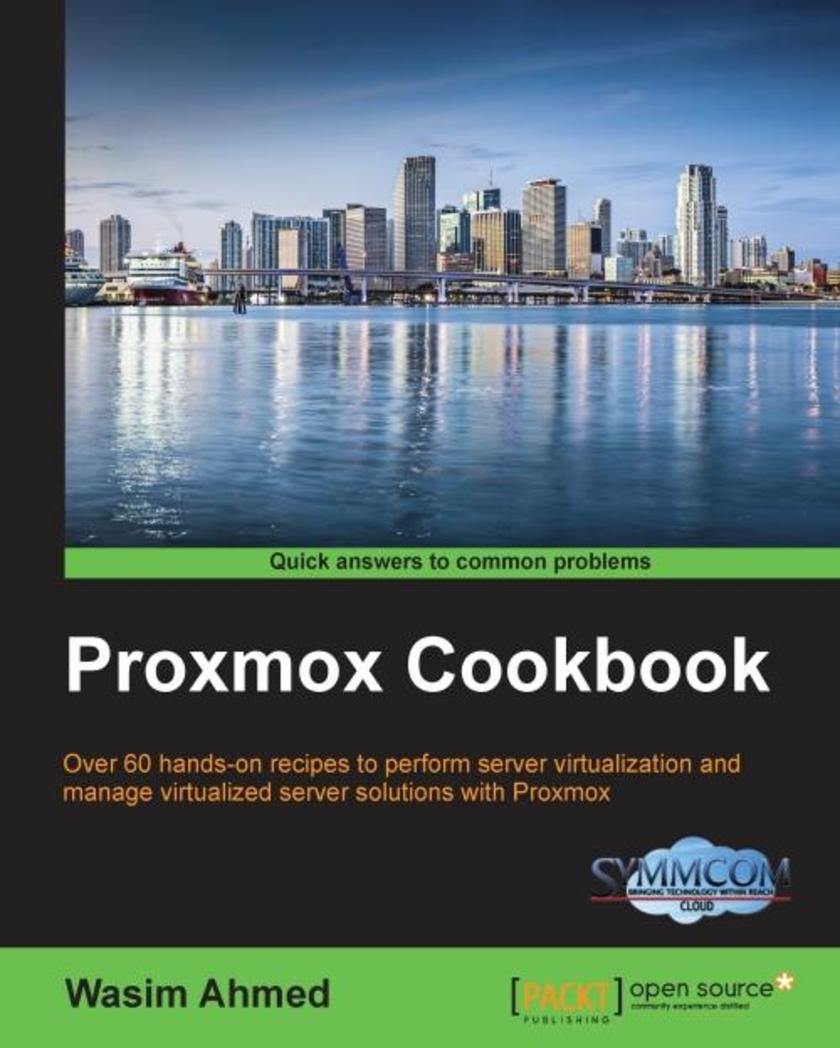
Proxmox Cookbook
¥90.46
This book is perfect for system administrators who want to learn how to implement and administer Proxmox VE environments. Since this book will not cover the basics of Proxmox, a basic understanding of virtualization and networking with the Proxmox VE is required.
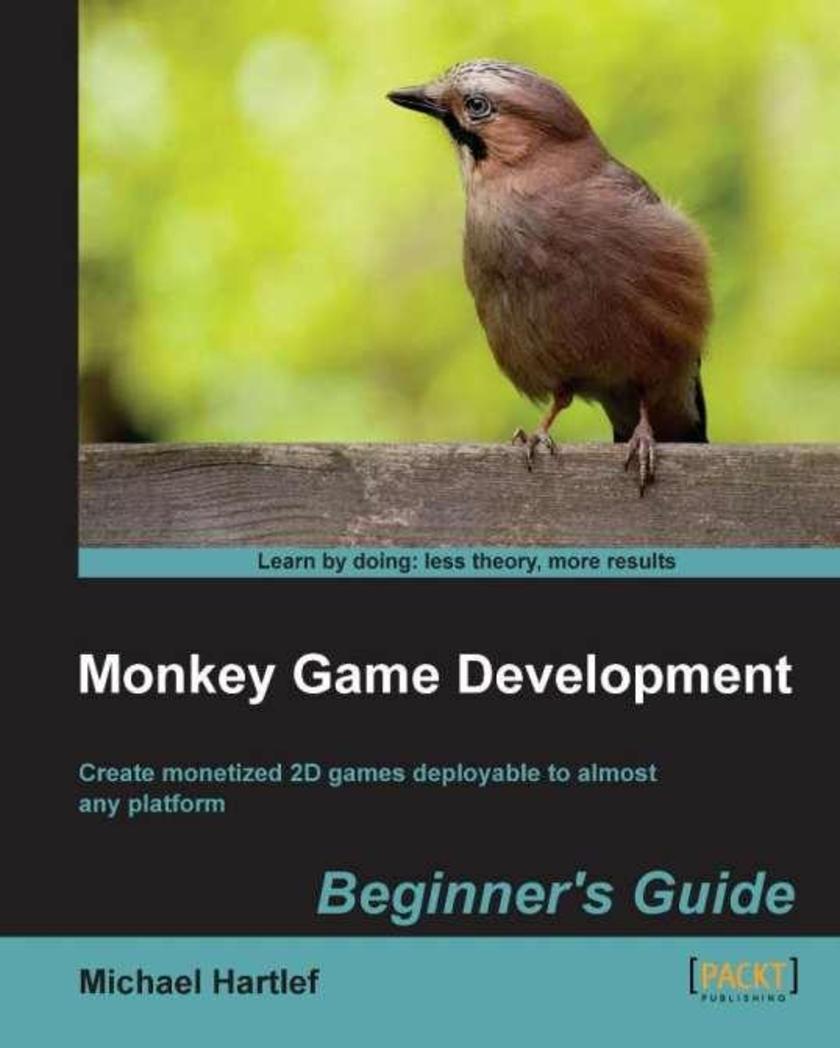
Monkey Game Development Beginners Guide
¥90.46
The first two chapters will provide you with grounding in Monkey. In each subsequent chapter you will create a complete game deployable to either iOS, Android, HTML5, FLASH, OSX, Windows and XNA. The last chapter will show you how to monetize the games so you can be commercially successful in the app development world. Do you want to quickly create games deployable to all the major desktop and mobile platforms?, if so look no further. You will learn how to utilize the highly versatile Monkey compiler to create 2d games deployable almost anywhere. No game development or programming experience is required.
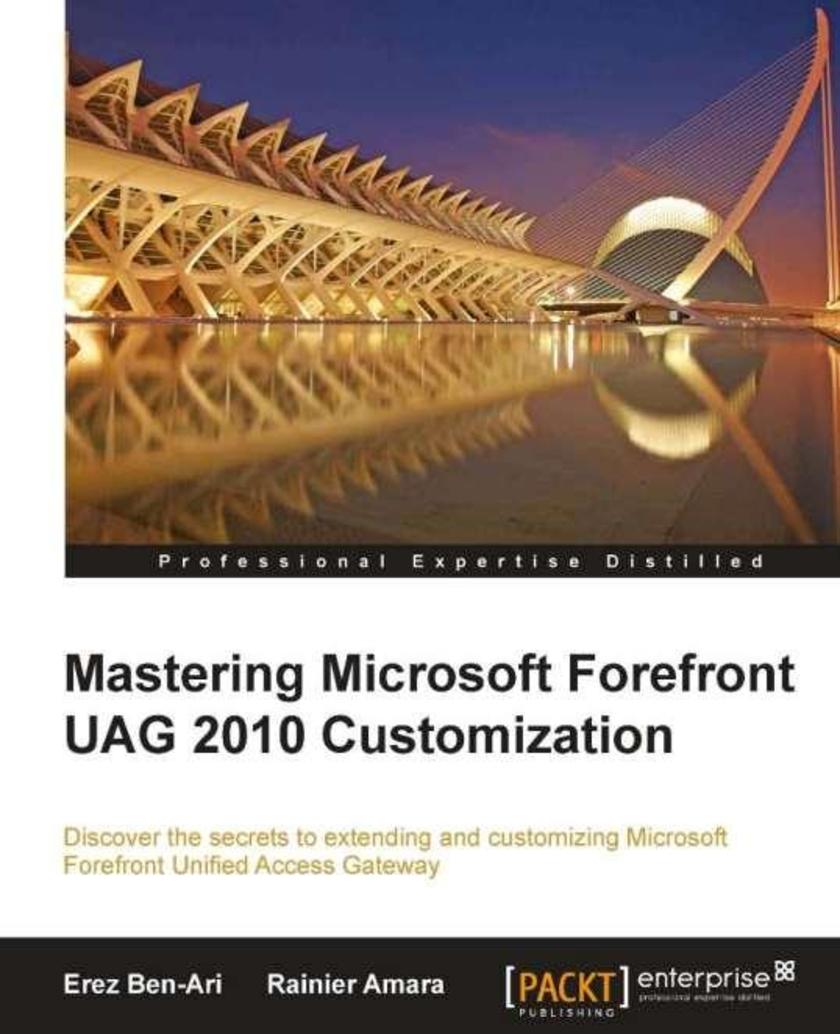
Mastering Microsoft Forefront UAG 2010 Customization
¥90.46
“Mastering Microsoft Forefront UAG 2010 Customization” is a hands-on guide with step-by-step instructions for enhancing the functionality of UAG through customization. Each topic details one key aspect of functionality and the operative mechanism behind it, and suggests functionality that can be achieved with customization, along with helpful code samples. Whether you are a seasoned UAG consultant, deployment and support engineer or a UAG customer, this book is for you. Consultants will be able to enhance the services you can provide for UAG customization, while the book helps customers to achieve tasks that have been restricted to the realm of expert consultants until now. You should have a strofng understanding of the regular functionality of UAG, as well as a solid background in web development (ASP, HTML, CSS and JavaScript) for this book to take you to the next level.
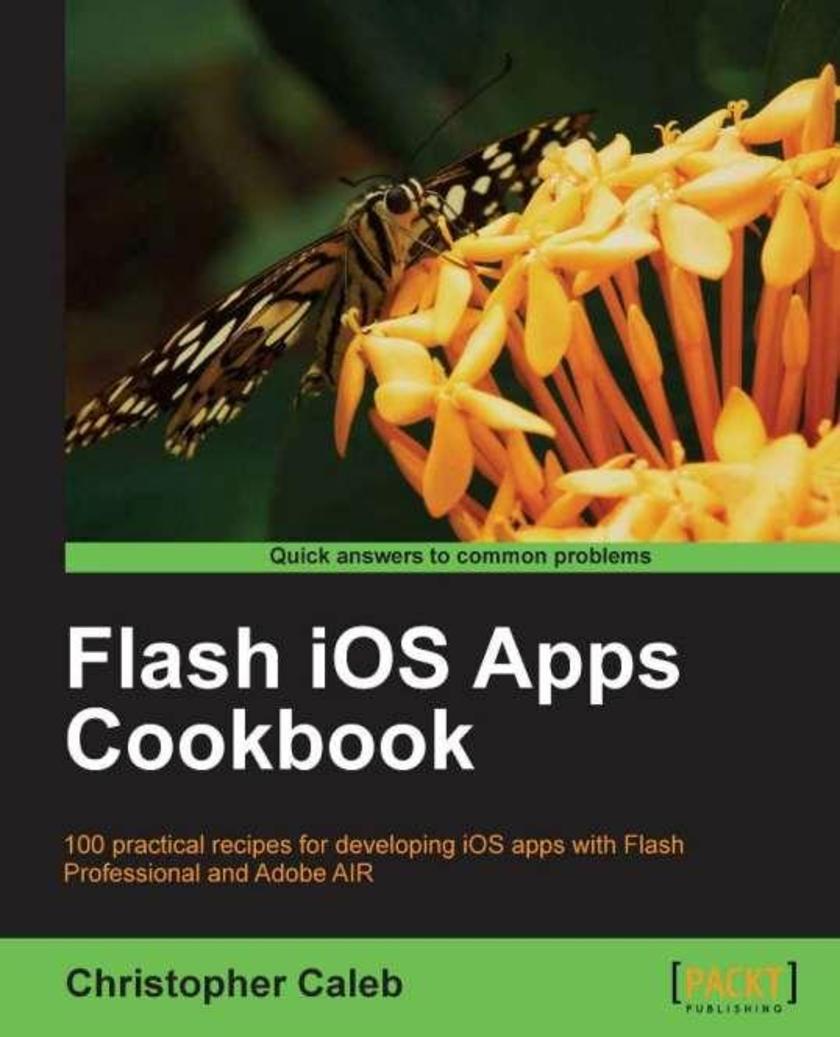
Flash iOS Apps Cookbook
¥90.46
The book is written in a cookbook style, presenting examples in the style of recipes, allowing you to go directly to your topic of interest, or follow topics throughout a chapter to gain in-depth knowledge. Flash developers or enthusiasts looking to build iOS apps using their existing Flash and ActionScript 3.0 skills.
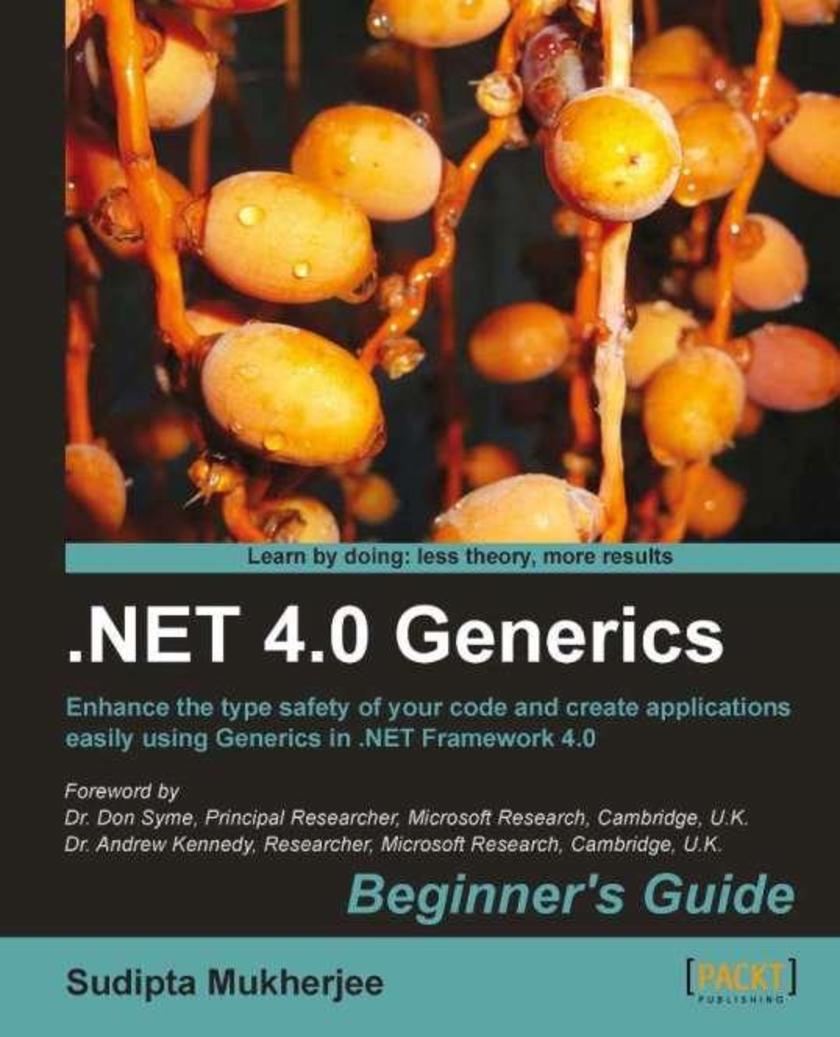
.NET 4.0 Generics
¥90.46
This book is aimed at beginners in Generics. It assumes some working knowledge of C# , but it isn’t mandatory.
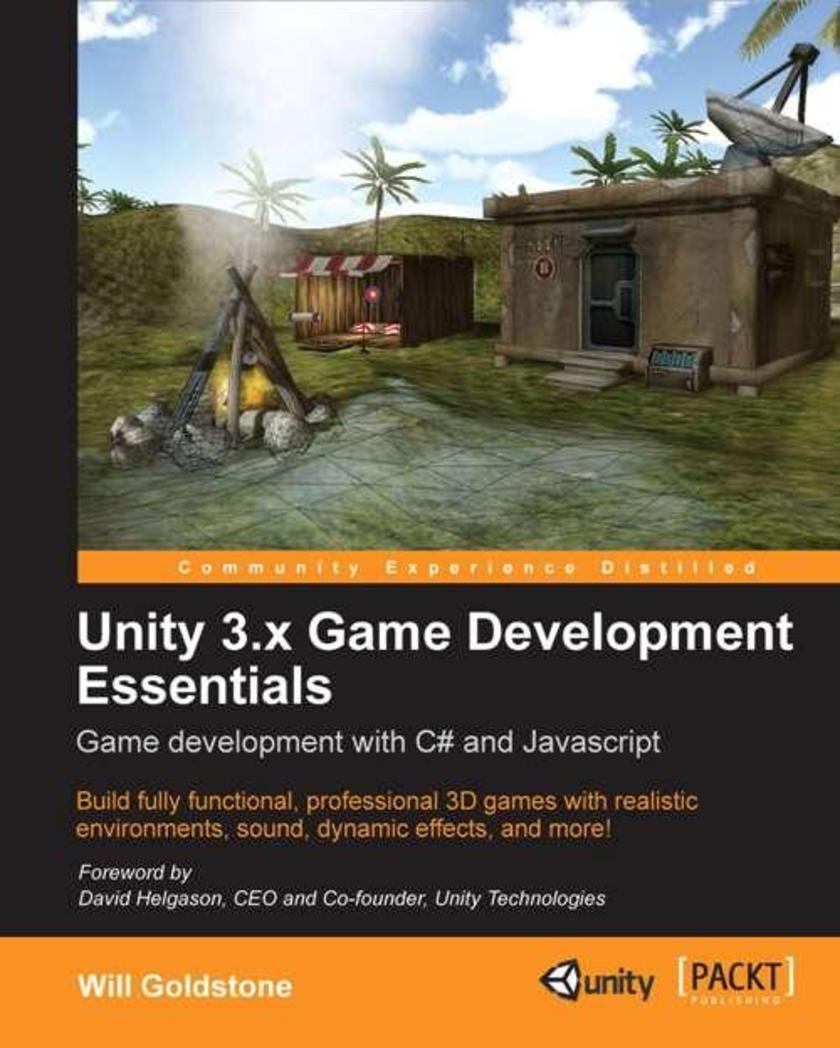
Unity 3.x Game Development Essentials
¥90.46
This book follows an informal, demystifying approach to the world of game development with the Unity game engine. With no prior knowledge of game development or 3D required, you will learn from scratch, taking each concept at a time working up to a full 3D mini-game. You'll learn *ing with C# or JavaScript and master the Unity development environment with easy-to-follow stepwise tasks. If you’re a designer or animator who wishes to take their first steps into game development or prototyping, or if you’ve simply spent many hours sitting in front of video games, with ideas bubbling away in the back of your mind, Unity and this book should be your starting point. No prior knowledge of game production is required, inviting you to simply bring with you a passion for making great games.
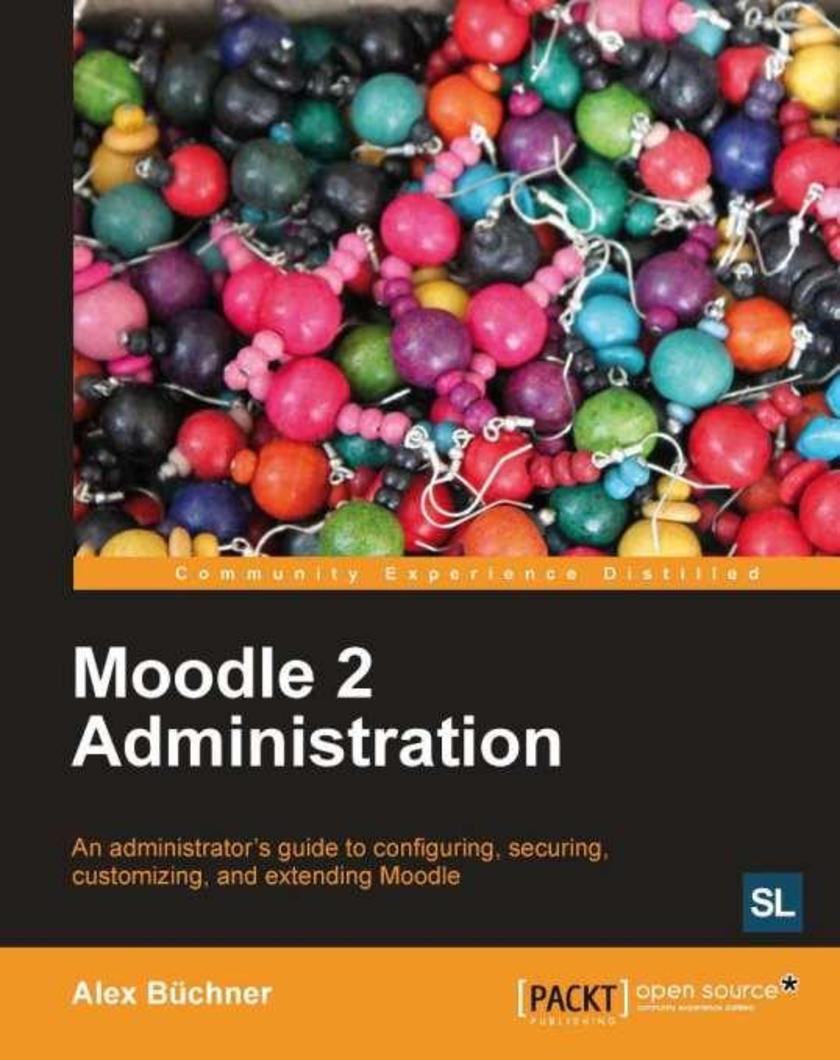
Moodle 2.0 Administration
¥90.46
Written in a clear, straightforward way with lots of screenshots and direct instructions, this book will equip you with all the tools you need to set up, optimize, extend, and maintain a Moodle system. A problem-solution approach has been taken when possible to bring the content more in line with your day-to-day operations. This book is written for technicians and systems administrators, as well as academic staff. Essentially anyone who has to administer a Moodle system. Whether you are dealing with a small-scale local Moodle system or a large-scale multi-site Virtual Learning Environment, this book will assist you with any administrative tasks. Some basic Moodle knowledge is helpful, but not essential.

OpenGL 4.0 Shading Language Cookbook
¥90.46
This hands-on guide cuts short the preamble and gets straight to the point – actually creating graphics, instead of just theoretical learning. Each recipe is specifically tailored to satisfy your appetite for producing real-time 3-D graphics using GLSL 4.0. If you are an OpenGL programmer looking to use the modern features of GLSL 4.0 to create real-time, three-dimensional graphics, then this book is for you. Familiarity with OpenGL programming, along with the typical 3D coordinate systems, projections, and transformations is assumed. It can also be useful for experienced GLSL programmers who are looking to implement the techniques that are presented here.
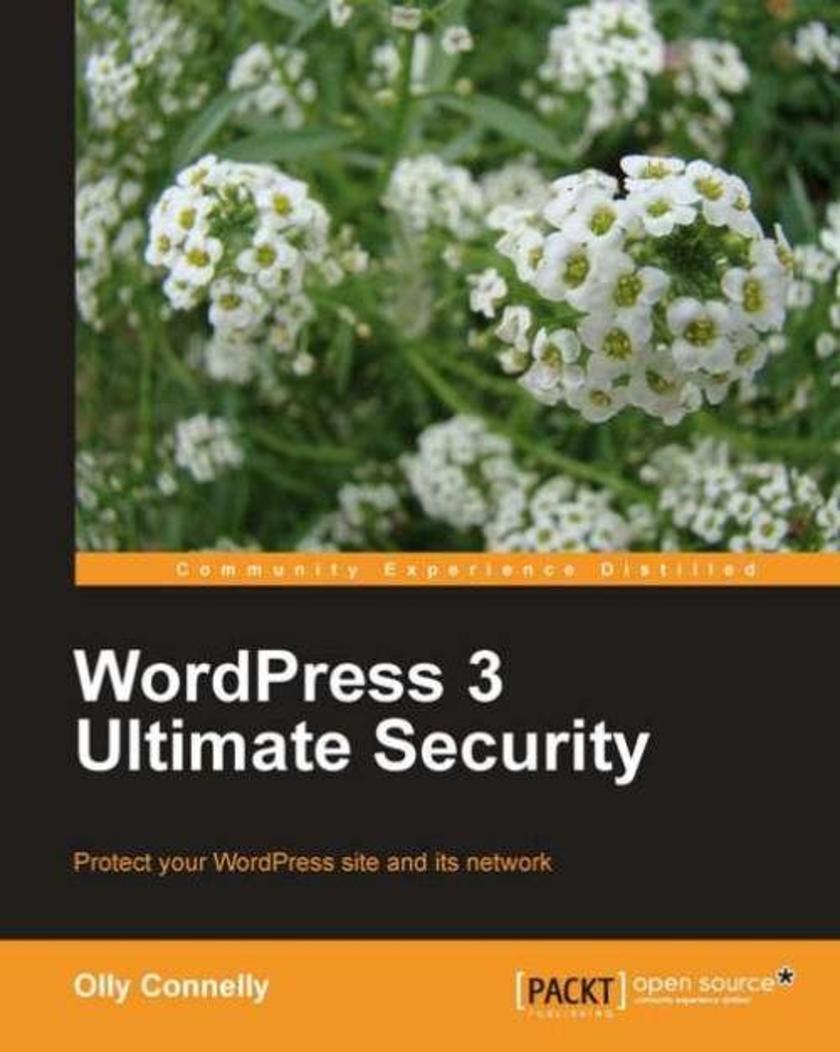
Wordpress 3 Ultimate Security
¥90.46
This is a comprehensive essential guide to WordPress security written in a light style, which converts learning a really serious topic to an enjoyable read. It is packed with copy-paste solutions to security to suit all levels of security know-how. Just as WordPress is used by a broad spectrum of website owners, with varying degrees of security know-how, so WordPress 3 Ultimate Security is written to be understood by security novices and web professionals alike. From site and server owners and administrators to members of their contributing team, this essential A to Z reference takes a complex and, let's face it, frankly dull subject and makes it accessible, encouraging, and sometimes even fun. Even if you are a total newbie to security, you can transform an insecure site into an iron-clad fortress, safeguarding your site users, your content and, sooner or later, your stress level.
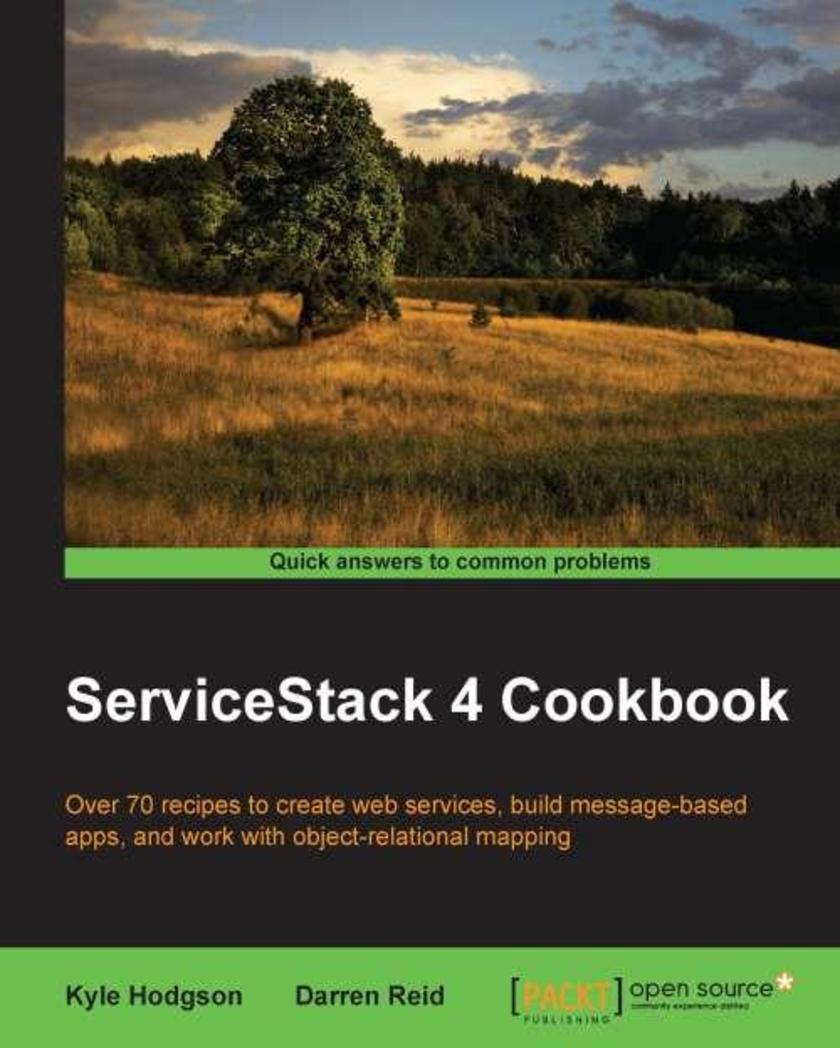
ServiceStack 4 Cookbook
¥90.46
If you are a .NET developer who is looking for a simpler way to build services, this is the book for you. It will show you how to write fast, maintainable APIs that are a pleasure to use and maintain starting from the database to the client and everything in-between.
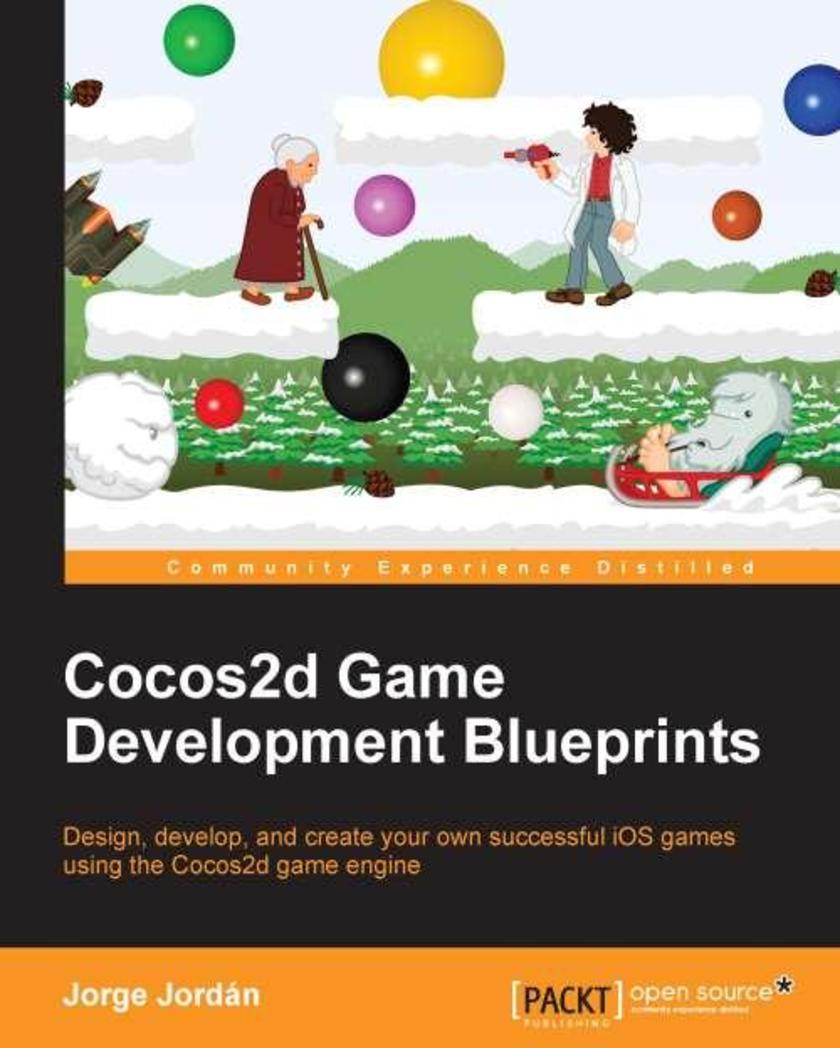
Cocos2d Game Development Blueprints
¥90.46
Whether you are a passionate gamer, like developing, or are just curious about game development, this book is for you. The book has been written to teach 2D game development to app developers and to teach Objective-C to game developers, as learning Cocos2d is the perfect step for both roles.
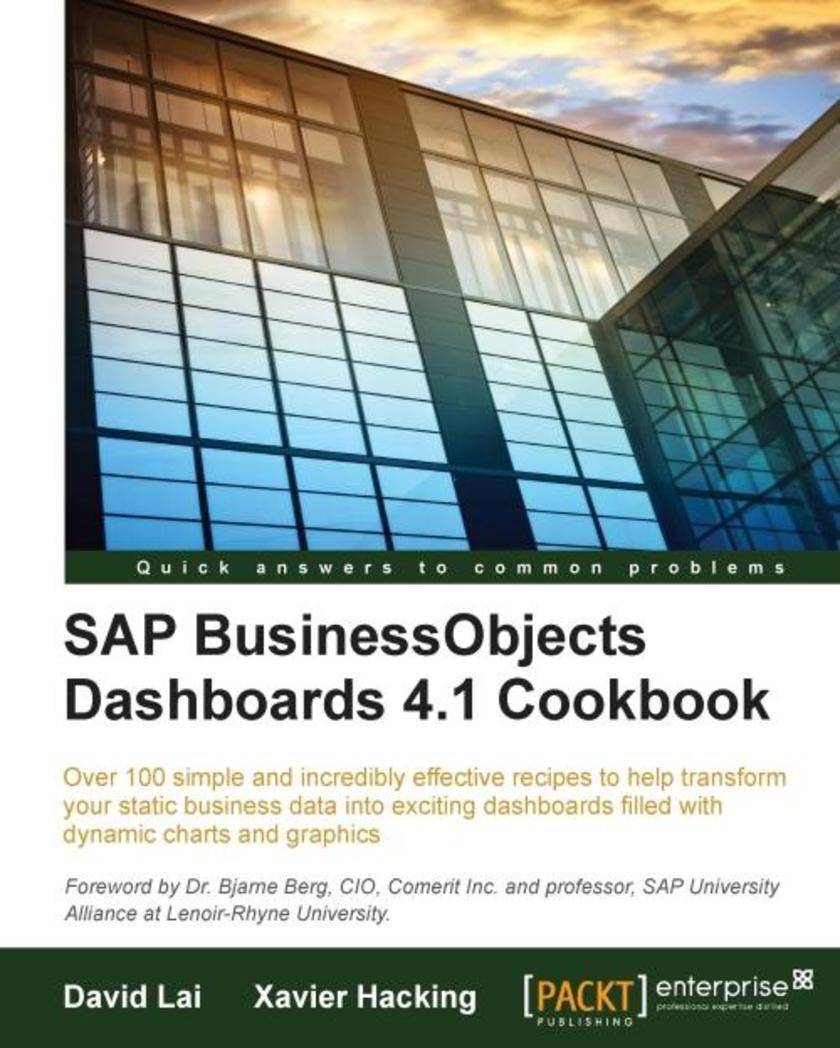
SAP BusinessObjects Dashboards 4.1 Cookbook
¥90.46
If you are a developer with a good command and knowledge of creating dashboards, but are not yet an advanced user of SAP BusinessObjects Dashboards, then this is the perfect book for you. Prerequisites include a good working knowledge of Microsoft Excel as well as knowledge of basic dashboard practices.
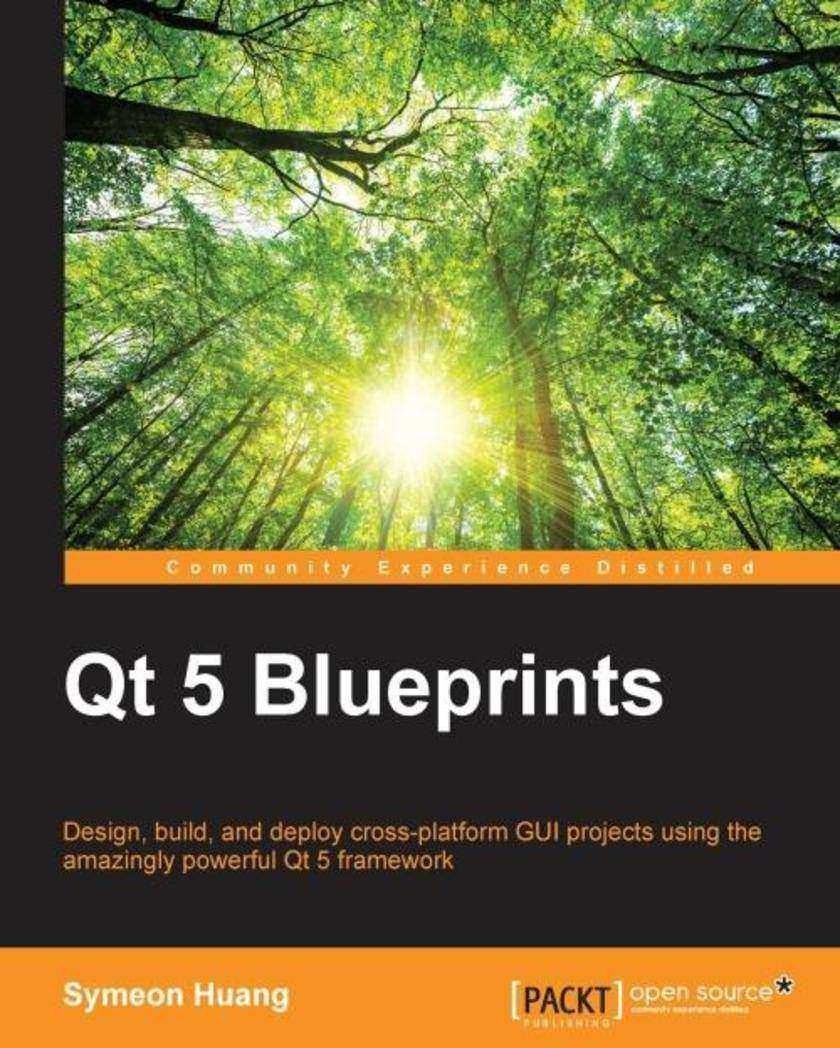
Qt 5 Blueprints
¥90.46
If you are a programmer looking for a truly cross-platform GUI framework to help you save your time by side-stepping the incompatibility between different platforms and building applications using Qt 5 for multiple targets, then this book is most certainly intended for you. It is assumed that you have a basic programming experience of C++ and fundamental knowledge about Qt.
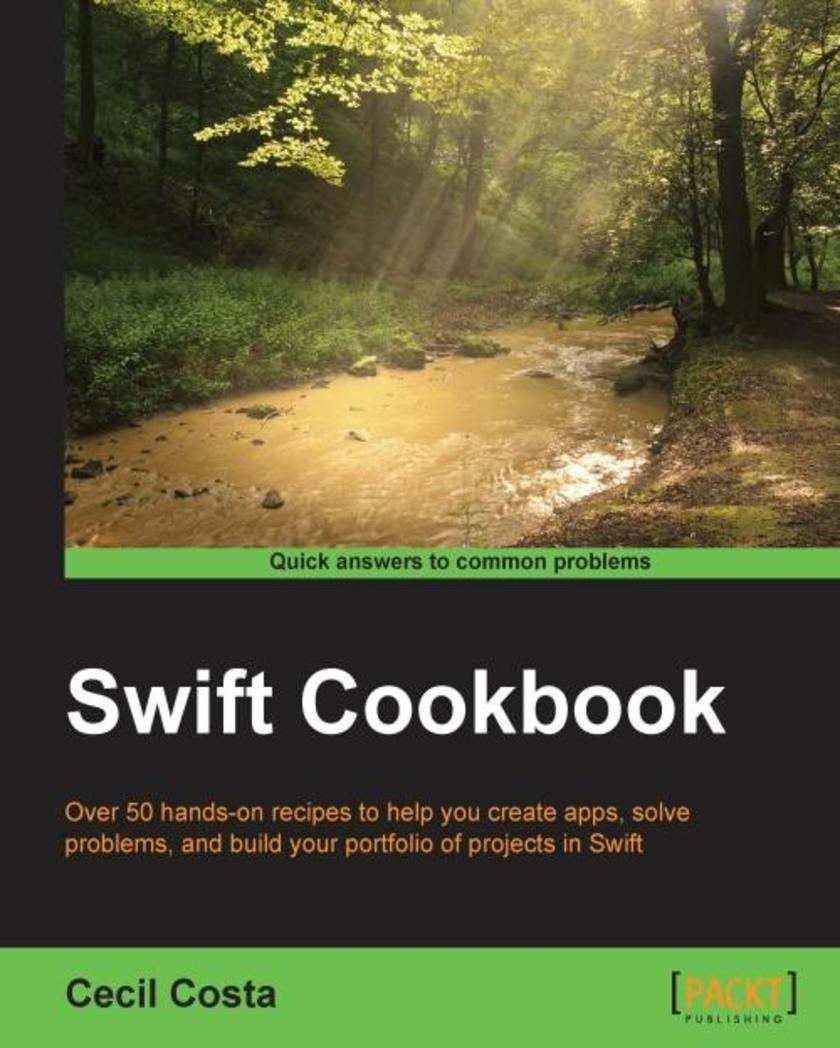
Swift Cookbook
¥90.46
If you are an experienced Objective-C programmer and are looking for quick solutions to many different coding tasks in Swift, then this book is for you. You are expected to have development experience, though not necessarily with Swift.
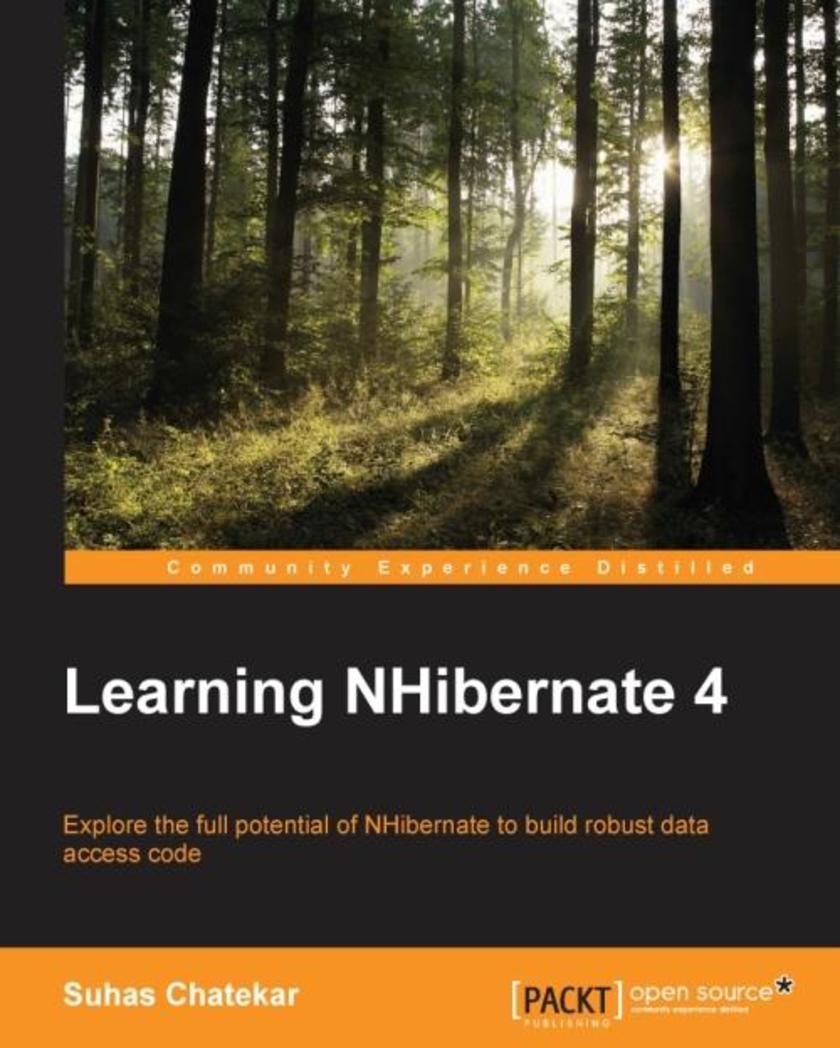
Learning NHibernate 4
¥90.46
This book targets .NET developers who have never used an ORM before, developers who have used an ORM before but are new to NHibernate, or have used NHibernate sparingly and want to learn more about NHibernate.
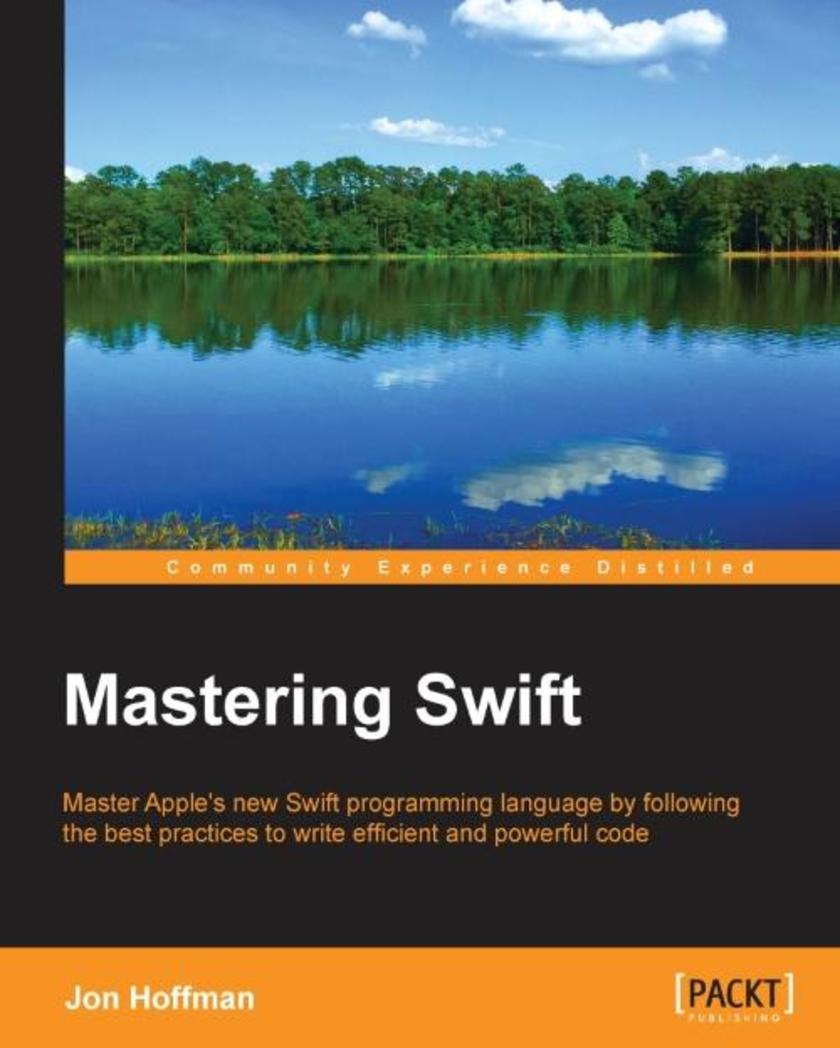
Mastering Swift
¥90.46
If you are a developer that learns best by looking at, and working with, code, then this book is for you. A basic understanding of Apple's tools is beneficial but not mandatory.
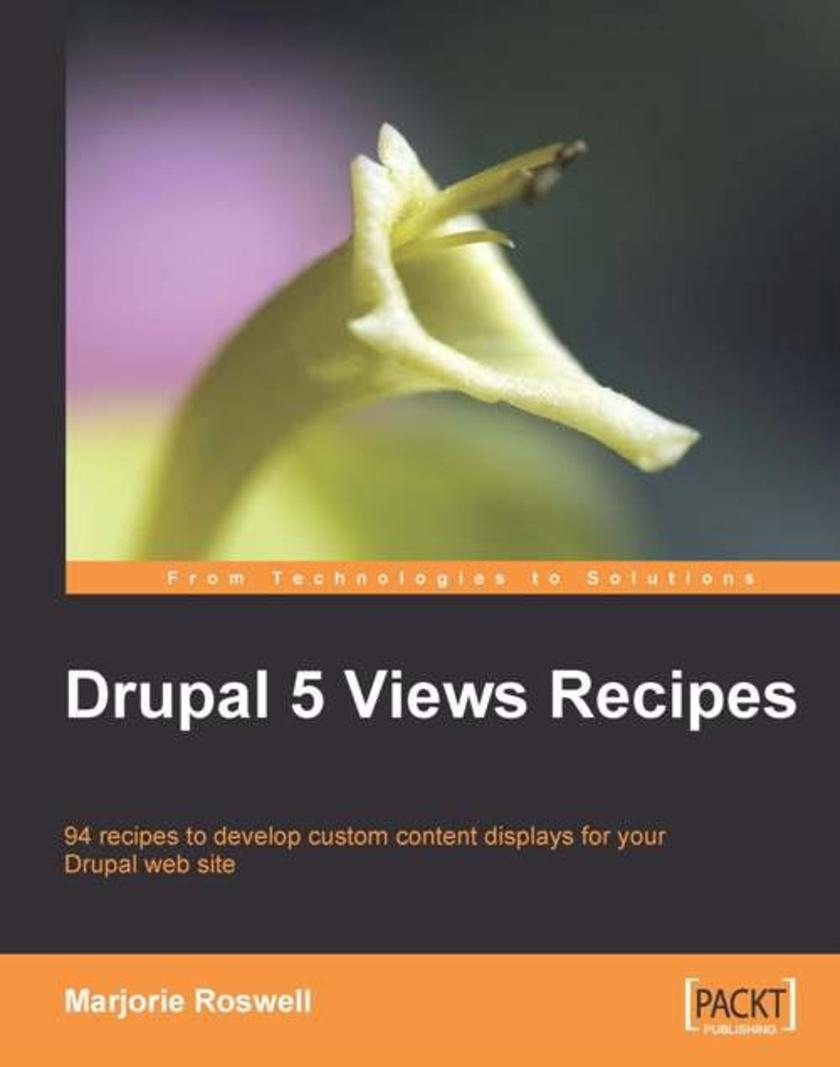
Drupal 5 Views Recipes
¥90.46
This book will give you a long list of powerful recipes. Choose the ones that suit your needs and use them through step-by-step instructions. Most of the recipes are code-free, but a number of the recipes contain code snippets. This book is primarily written for Drupal site builders, administrators, and themers who want to develop custom content displays using Views. It can be used by anyone who has a Drupal 5 web site, including original site developers as well as people who have inherited a Drupal 5 site. Some knowledge of HTML and CSS is required; PHP basics will be handy for some of the recipes.
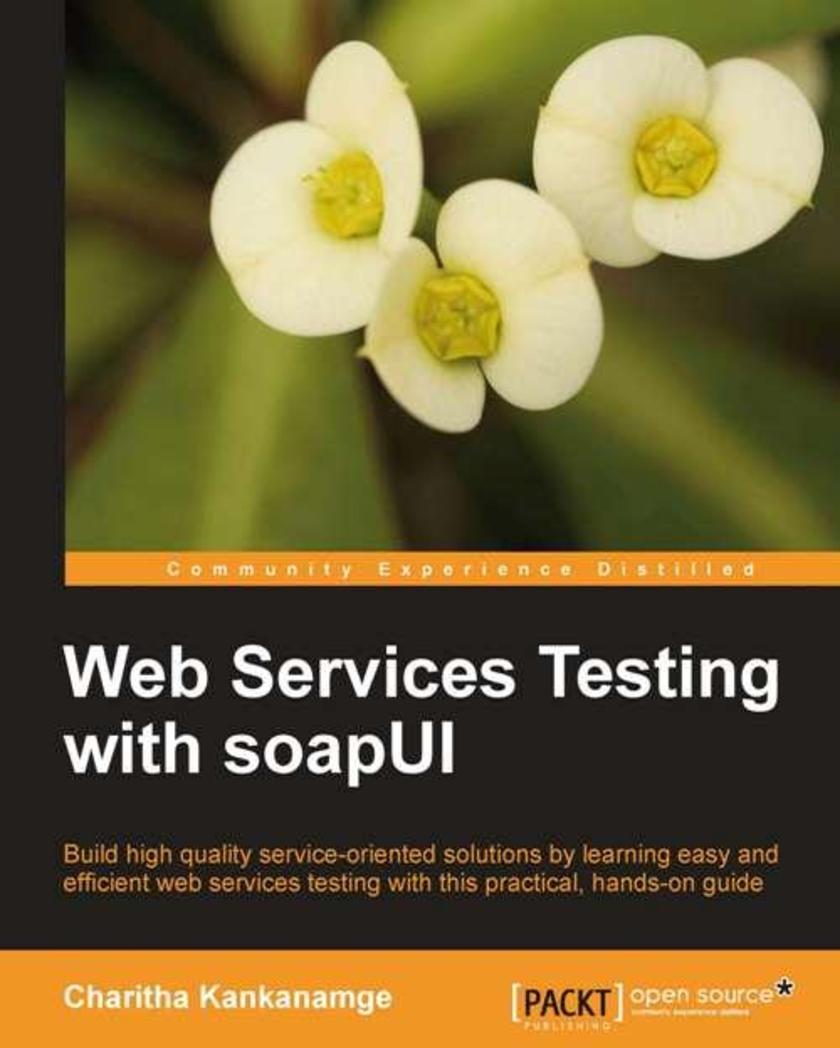
Web Services Testing with soapUI
¥90.46
"Web Services Testing with soapUI" starts with an overview of SOA and web services testing, and gets your hands dirty with a sample project which makes use of open source web service engine, Apache Axis2. All demonstrations and hands-on exercises are based on this sample project. This book is a practical and comprehensive tutorial for easy and efficient web services testing to build high quality service-oriented solutions. This book directly targets software quality assurance professionals, software project managers, and software developers interested in automated or manual testing web services and SOA. Whether you are a seasoned SOA professional or a novice user, with this book you'll learn to effectively use soapUI in testing service-oriented solutions for functional as well as non-functional web services.
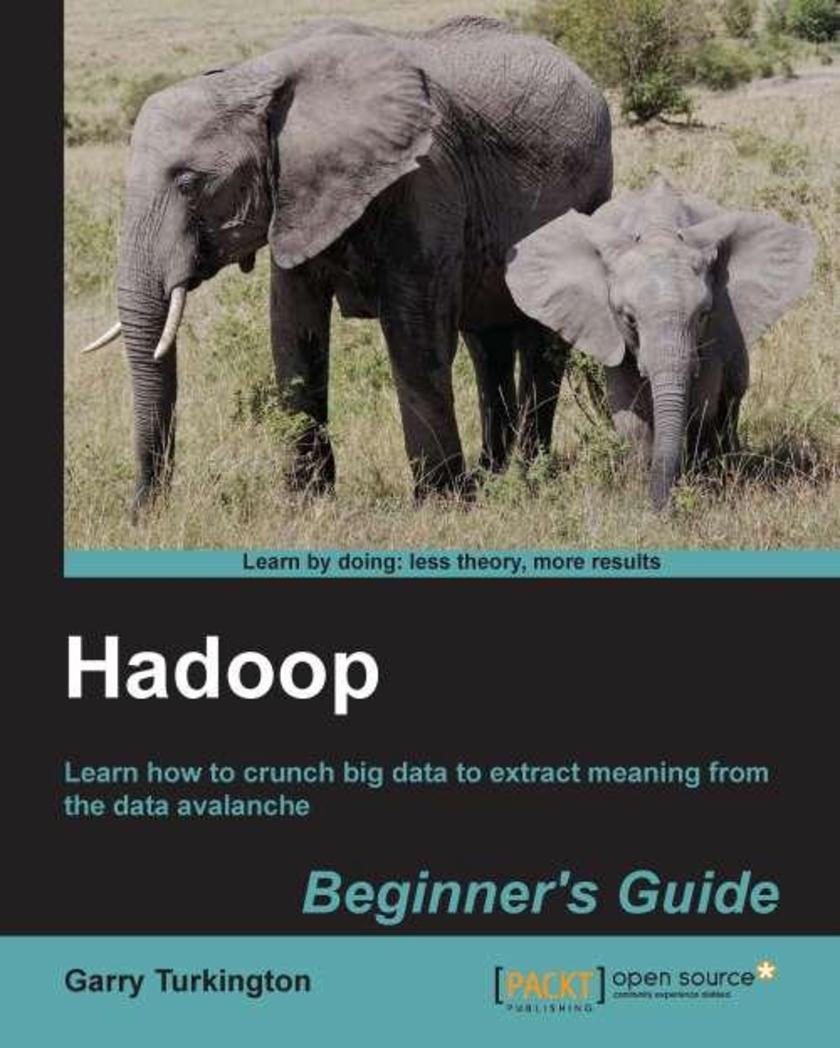
Hadoop Beginner's Guide
¥90.46
As a Packt Beginner's Guide, the book is packed with clear step-by-step instructions for performing the most useful tasks, getting you up and running quickly, and learning by doing. This book assumes no existing experience with Hadoop or cloud services. It assumes you have familiarity with a programming language such as Java or Ruby but gives you the needed background on the other topics.




 购物车
购物车 个人中心
个人中心



